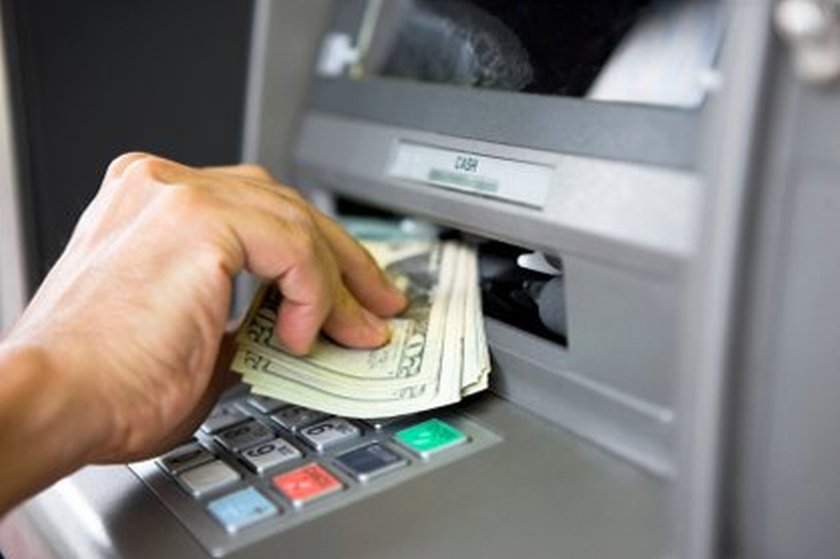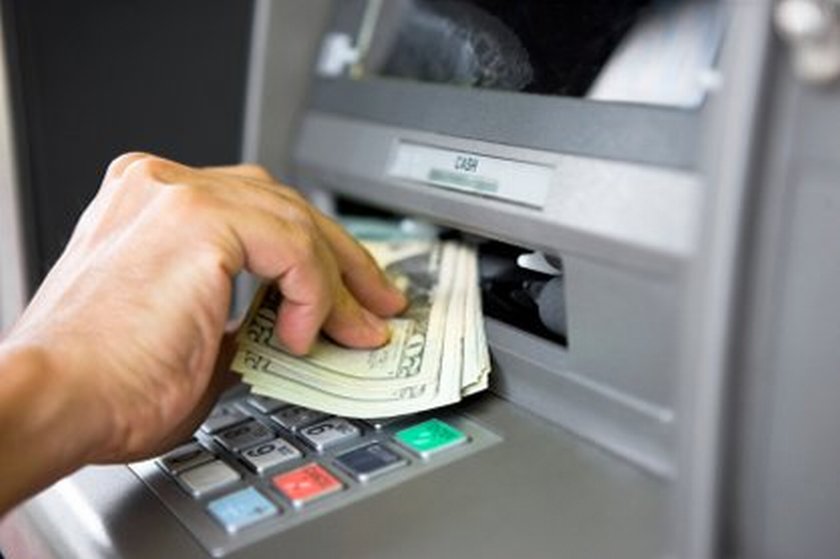Your
probably don’t need a survey or statistic to alert you that ATM fees are higher than ever. But in case you do: Earlier this month,r
Bankrate.com released a survey of 25 banks in large cities, which concluded that ther
average cost of using an out-of-network ATM is nowr
$4.52, a record.r
r
That’s the amount of the national average ATM surcharge ($2.88) plus the average fee tor
use another bank’s ATM ($1.64), because generally, if you use anotherr
bank’s ATM, you’re hit twice. The out-of-network bank will charge you,r
and your own bank will, too.r
r
And,r
of course, $4.52 is only the national average. If you’re in New York City andr
get money from an out-of-network ATM, on average, you’ll pay a littler
over $5, according to Bankrate’s data. And if both banks haver
above-average surcharges, the price to access your money becomesr
even more expensive.r
r
Ofr
course, talk to bankers, and they’ll tell you there’s a reason for thoser
fees: Banks have tor
maintain the ATMs.r
r
Oner
can argue that the fees are nonetheless too high, but if you’re interested inr
exactly what goes into the maintenance of an ATM, here’s a quick breakdown fromr
John Oxford, director of corporate communication and external affairs atr
Renasant Bank, a regional bank headquartered in Tupelo, Mississippi:r
r
Government compliance. Many laws dictate how banks must operate. ATMs had to be upgradedr
in recent years to be compliant with the American withr
Disabilities Act, Oxford says.r
r
Fraud protection. No surprise here, if you consider how frequently identity theft occurs. "ATMsr
have had to add skimmer detection and other items such as higher-qualityr
cameras and lighting to make sure clients are and feel safe," Oxfordr
says.r
r
Maintenancer
and service. It isn’t just that money needs to be routinely stocked intor
the ATM, lest money run out. There’s insurance to pay on the ATM, and the bankr
leases the property where the ATM is located, Oxford says.r
r
EMVr
chip compliance. You’ve heard about how credit cards are being revamped withr
embedded microchips that will store and better protect cardholder’sr
information. ATMs need to be ready for that and upgraded, Oxford says.r
r
There is another cost as well, whichr
consumers often overlook, says John Pataky, an executive vice president atr
EverBank, a financial services company that offers online banking: The price tag of the machines themselves. r
r
"Some machines are owned by the institution, but many are leased fromr
the major players in the industry, Diebold and NCR," he says.r
r
Still,r
while there may be a reason for higher fees, that doesn’t mean you have to helpr
shoulder those costs. If you are tired of being hosed by ATM fees, try these strategies.r
r
Analyze your banking life. If you don’t like paying ATM fees,r
make sure you use an ATM that belongs to your bank or is within its ATM network. Ther
symbols alerting you to what network you can use should be on the back ofr
your debit card, or you can inquire at your bank.r
r
Thatr
said, even if you know what you’re doing, sometimes you need cashr
in a hurry, and even the biggest banks can’t afford to have their ATMs on everyr
street corner. So if you continually find yourself using an out-of-network ATM and being charged a fee, ask yourself: What’s going on? When does this most often occur?r
r
Ifr
this seems to happen frequently, you’re probably notr
taking enough money out when you visit your bank’s ATM, and there’s yourr
problem. In other words, there’s probably a simple fix in yourr
routine to keep you from running short on cash. r
r
Maybe,r
for instance, you should download your bank’s or credit union’s mobile app onr
your phone, or visit its website and look for fee-free ATMs your
can use. Maybe it’ll turn out that you frequently use an ATM that’s out ofr
network when two blocks away, there’s one in your bank’s network.r
r
Take cash out at the grocery or drugstore. Here’s a simpler
fix. Many retail establishments, including grocery stores, will let you take outr
some cash, often up to $50 – and almostr
always without a fee. Assuming you shop fairly regularly, take out a little extra as needed when your
shop, and you could make using the ATM a thing of ther
past.r
r
Get a better bank. Maybe you need to find a financial institution that doesn’t foist a hefty fee every time you use an out-of-network bank, orr
one that at least has more ATMs in its network. You may want to try an onliner
bank; many reimburse ATM fees, although some of those banks require you to keepr
a hefty amount of money in your checking account to qualify.r
r
You could also consider switching to ar
credit union. These operate like banks but are nonprofits that serve theirr
members rather than maximizing corporate profits (which isn’t to say thatr
members never complain about them, or that they never have high fees).r
r
"Nearly all credit unionsr
participate in a shared ATM network that provides surcharge-free access tor
their members’ accounts. No single bank can boast as many ATM locations as ther
CO-OP Network, the largest credit union-owned, surcharge-free ATM network withr
nearly 30,000 locations nationwide," says Mike Schenk, a vice president ofr
economics and statistics with the Credit Union National Association.r
r
Whatever you do, tryr
to avoid paying ATM fees. If you take out $20, for instance, and you’re payingr
a collective $5 to two different banks, you’ve just lost 25 percent ofr
that cash to two easily avoidable fees. If you aren’t paying attention tor
your ATM fees, it may seem like only a few dollars here and there, but that’s exactly what banks arer
banking on..


